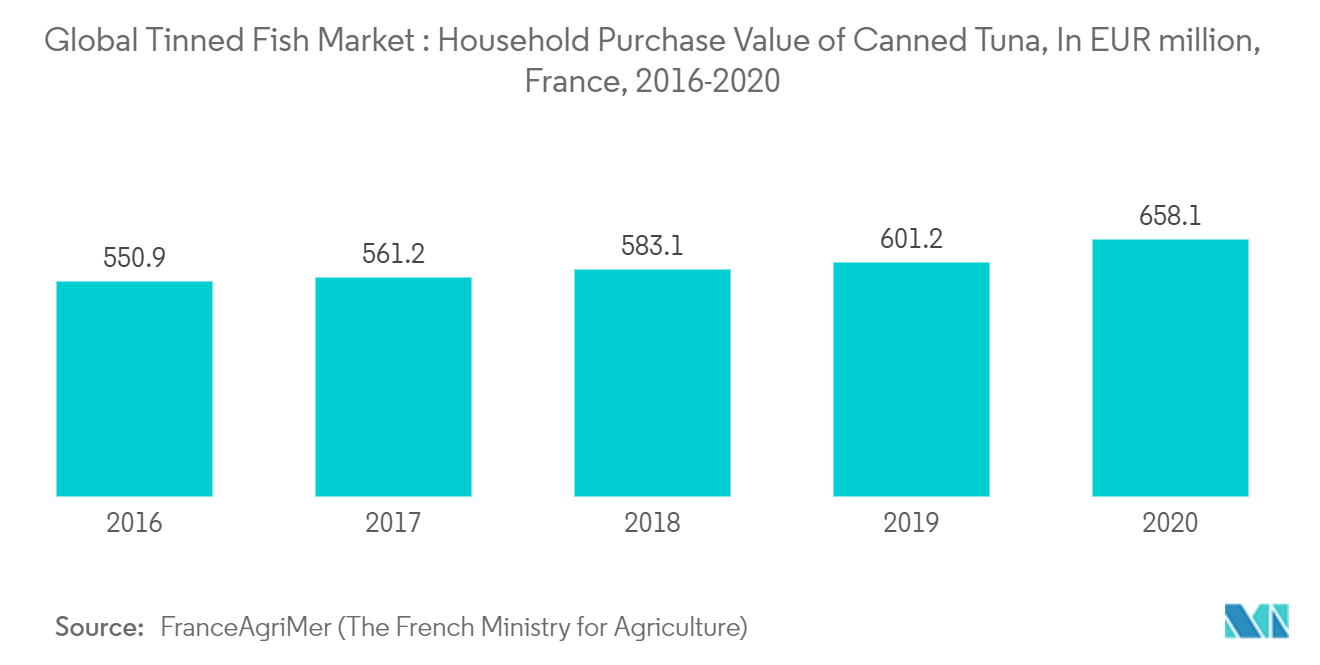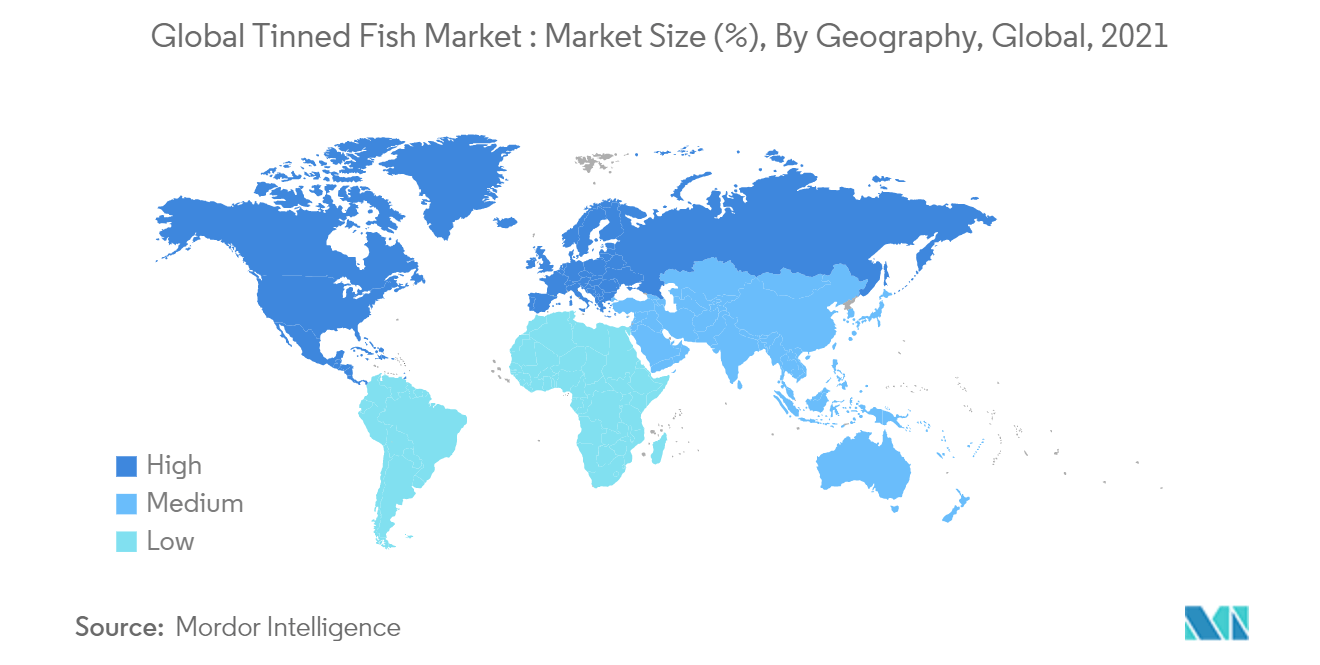Market Trends of Tinned Fish Industry
This section covers the major market trends shaping the Tinned Fish Market according to our research experts:
Convenience And Nutritional Factors of The Tinned Fish
Fish in tins or cans is a nutrient powerhouse, but perhaps more importantly, it provides a very portable source of protein that can be consumed on the go. Omega-3 levels are higher in oilier varieties like salmon and sardines. According to the Seafood Nutrition Partnership, canned salmon, sardines, anchovies, mackerel, herring, crab, and clams are some of the best sources of omega-3s. Whole fish in cans is also a rich source of calcium. Fish processing helps to soften the calcium-rich bones, making them more palatable and easier to chew. For instance, the edible bones of sardines provide 43% of the daily need for calcium. Moreover, the study conducted by the NIH(National Institutes of Health) shows that people eating seafood reduced respiratory deaths by 20%. Higher fish and omega-3 fatty acid intakes were significantly associated with lower total mortality.
Additionally, most canned fish is cooked before being preserved in metal, so they're safe to eat straight out of the tin. Moreover, fish are tinned in a variety of oils and spices to complement and retain their natural flavor. This provides convenience to the working population and bachelors living out of the home to have healthy food on the go.

Europe Holds The Largest Market Share
Europe is leading the global tinned fish market owing to the increasing popularity of protein-rich convenience foods in the region. The high content of polyunsaturated fatty acids in fish and other kinds of seafood is influencing consumer spending on tinned fish. The growing popularity of sustainable seafood products in Germany, the United Kingdom, Portugal, and France is expected to drive the market for sustainable tinned fish. For instance, according to the European Market Observatory for fisheries and aquaculture, in 2020, Spain has the largest household consumption volume of fish products at almost 646 thousand tons, followed by Italy at about 308 thousand tons. Moreover, German customers demand canned tuna from fisheries that do not use fish aggregation devices (FADs), yet only 1 in 10 tuna cans sold in Germany is certified by the Marine Stewardship Council (MSC), and tuna products on the German market caught by pole and line have the highest coverage of MSC certification at 68%.


